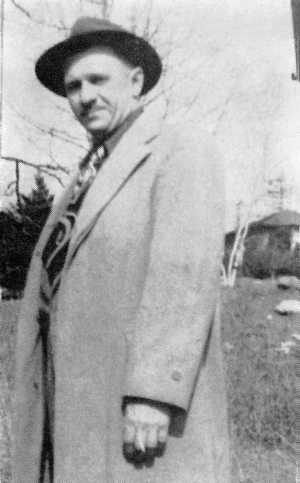Showmanship - It's a combination of artistic temperament and mechanical know-how. This December 1961 article from International Projectionist provides something of an insight into the projection booth at the famous Rivoli Theatre in New York, the first home of Todd-AO, and the Rivoli's chief projectionist, Jack Rollman. Our thanks to our mate David Johnson for the stack of old IPs that he graciously provided to the museum.
PROJECTION PERSONALITY:
Jack F. Rollman Wants the Projectionist
To Know the Equipment; He Teaches 'EmJack Rollman Jack, now 53, was born and reared in the Bronx. He's a member of IATSE Local 306 and a member of the Twenty-Five-Thirty Club.
Fortunate is the younger projectionist who gets a job working for Jack F. Rollman, head projectionist at the Rivoli theatre in New York, for Jack believes in showing all of his know-how about the machines in his booth to operators under his supervision.
"It's not only good for consistent screen presentations for customers of the theatre, but it's also good for the chief not to be called on for details of how the equipment functions when some unusual thing occurs," he says.
Even a casual acquaintance would know that Rollman would be more patient and gentle in his instructions about the equipment than the stern, severe and austere training he got working as a repairman for George Meyer, who had a projector repair shop on Third Avenue in the '20's.
Meyer was a memorable character, not only as a respected expert on projectors but a personality as well. Rollman recalls that when Meyer came into a booth to fix a machine, he first inquired if the booth included a spittoon, and if it didn't he would not work until a receptacle was placed nearby to receive tobacco juice from the cud in his mouth. He also recalls Meyer's freedom with cuffs and boots when his shop repairmen did something wrong.
Rollman, a projectionist since 1925, has been chief projectionist at the Rivoli since 1953. Two years later the Rivoli was picked as the first theatre to project pictures in the Todd-AO process. Incidentally he suggested a minor but important alteration on the Norelco 70-35mm projector, when "Oklahoma" ran at the Rivoli and which has been carried out on those projectors ever since.
Jack started as a rewind boy in a theatre in the Bronx. He took the temporary job when a high school buddy induced him to fill in for him when he wanted to take a few days off. Rollman liked the work and took a course in Joe Taylor's motion picture operators school. His choice of a career displeased his grandfather, who had brought him up.
The grandfather was a wealthy realtor and thought his grandson had picked "a hell of a trade" to make his life's work.
INTERNATIONAL PROJECTIONISTWhen the Rivoli installed the Norelco 70-35mm projectors they built a booth on the mezzanine floor for a showroom, and installed the Norelco machines also in the upper booth. After several rehearsals of "Oklahoma" in Todd-AO from the upper booth, it was decided that the pitch from the upper booth did not give as satisfactory presentation as the lower booth, and thereafter the mezzanine booth has been used.
Since the mezzanine booth has a foyer leading into the projection room, Rollman keeps the door open for visiting projectionists who can walk in to see the equipment with Jack explaining how the machines work. "I feel," he says, "that projectionists who are interested in new equipment should see and learn about our booth setup."
When Mike Todd had the world premiere of his "Around the World in 80 Days" at the Rivoli, he told Rollman and his projection crew that "you can make me or break me." After the first performance Todd warmly congratulated and thanked the projectionists.
"Around the World in 80 Days" ran for three years on Broadway at the Rivoli, with one print running through the projectors for 786 times.
Jack Rollman is a member of the SMPTE Film Projection Practice Committee, which adds to his busy schedule. He has proposed that the Committee should set up standards for the one-half inch shaft in the magazines of standard 35mm projectors. "That shaft," he says, "is responsible for much of the print damage, for if it doesn't function properly, if it wobbles, it can do he is finicky about film tension in the projectors and the strictest attention to that detail at the Rivoli is constant.
Jack Rollman never worked as a projectionist outside New York City. Among his earlier days he was an operator at the Bronx Opera House, a combination vaudeville and film show house. It was a tryout for vaudeville acts, and Jackie Gleason and Red Skelton first tried out their acts there. Rollman recalled that Skelton used to come up to the booth and wanted to run the machines.
DECEMBER 1961



